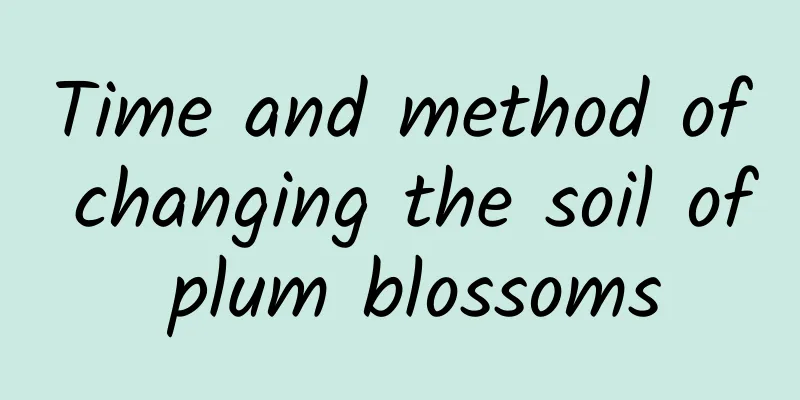Differences between Albizia Julibrissin and Mimosa

1. Leaf DifferenceAlbizia Julibrissin has bipinnate compound leaves that are alternate. The petiole is 3 to 5 cm long, with 4 to 12 pairs of pinnae. The leaflets usually have 10 to 30 pairs, which are linear or oblong, oblique upward, and have a small tip at the tip and are covered with cilia. The stipules of Mimosa are lanceolate, 5 to 10 mm long, with bristles. The pinnae and leaflets will close and droop when lightly touched. There are usually two pairs of pinnae, arranged in a finger-like manner at the top of the petiole. There are generally 10 to 20 pairs of leaflets, which are linear-oblong, 8 to 13 mm long and 1.5 to 2.5 mm wide. The tip of the leaves is acute and the edges are bristly. 2. Flower DifferencesThe Albizia Julibrissin inflorescence is arranged in a cone-shaped inflorescence at the top of the branch. The flowers are pink, the calyx is tubular, about 3 mm long, the corolla is about 8 mm long, and the lobes are triangular, 1.5 mm long. The mimosa inflorescence head is spherical, about 1 cm in diameter, with a long peduncle and small, light pink flowers. |
<<: Difference Between Narcissus and Cinnamon
>>: How to identify hybrid chrysanthemums
Recommend
Cultivation methods and precautions of raspberry
1. Maintenance methods 1. Soil: The requirements ...
When is the best time to transplant Pyracantha
When transplanting Pyracantha, it is best to choo...
Autumn flower cultivation and management
Strengthen water and fertilizer management for fl...
How to grow potted heather
1. Maintenance methods 1. Soil: Heather is suitab...
How to cultivate copper coin grass in water
1. Suitable container The container can be made o...
Corn planting technology and management fertilization
Corn is an important food crop, and its cultivati...
How to propagate Bergenia
Seed propagation Container selection: Because the...
How to grow purple-leafed Oxalis
1. Adequate light Although it can tolerate partia...
These vines are so beautiful when used to decorate your garden!
Coral vine The flowers of the coral vine are dazz...
Does the dragon bone flower like sunlight? Does it need sunlight?
Does dragon bone flower like sunlight? Dragon bon...
When planting mint, should I choose a deep or shallow pot?
Prerequisites for growing mint When planting mint...
Breeding methods and precautions of money string
Farming methods Pot soil requirements Money tree ...
Precautions for repotting Tiger Pilan
Precautions for repotting Tiger Pilan The best ti...
Cultivation methods and precautions of fairy cup
How to cultivate fairy cup illumination Fairy cup...
The difference between mountain cherry and cherry tree
1. Leaf Difference The leaves of mountain cherry ...









